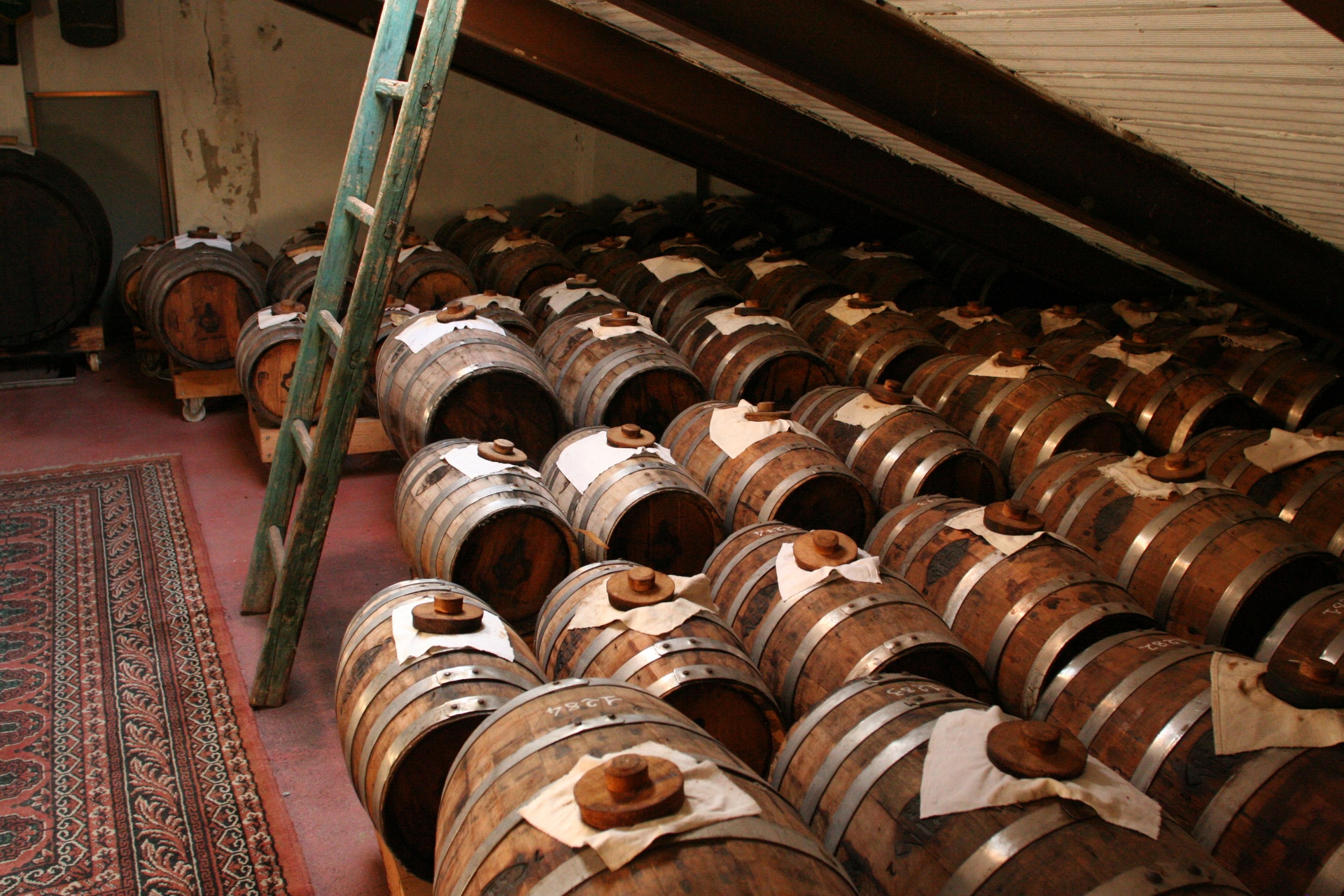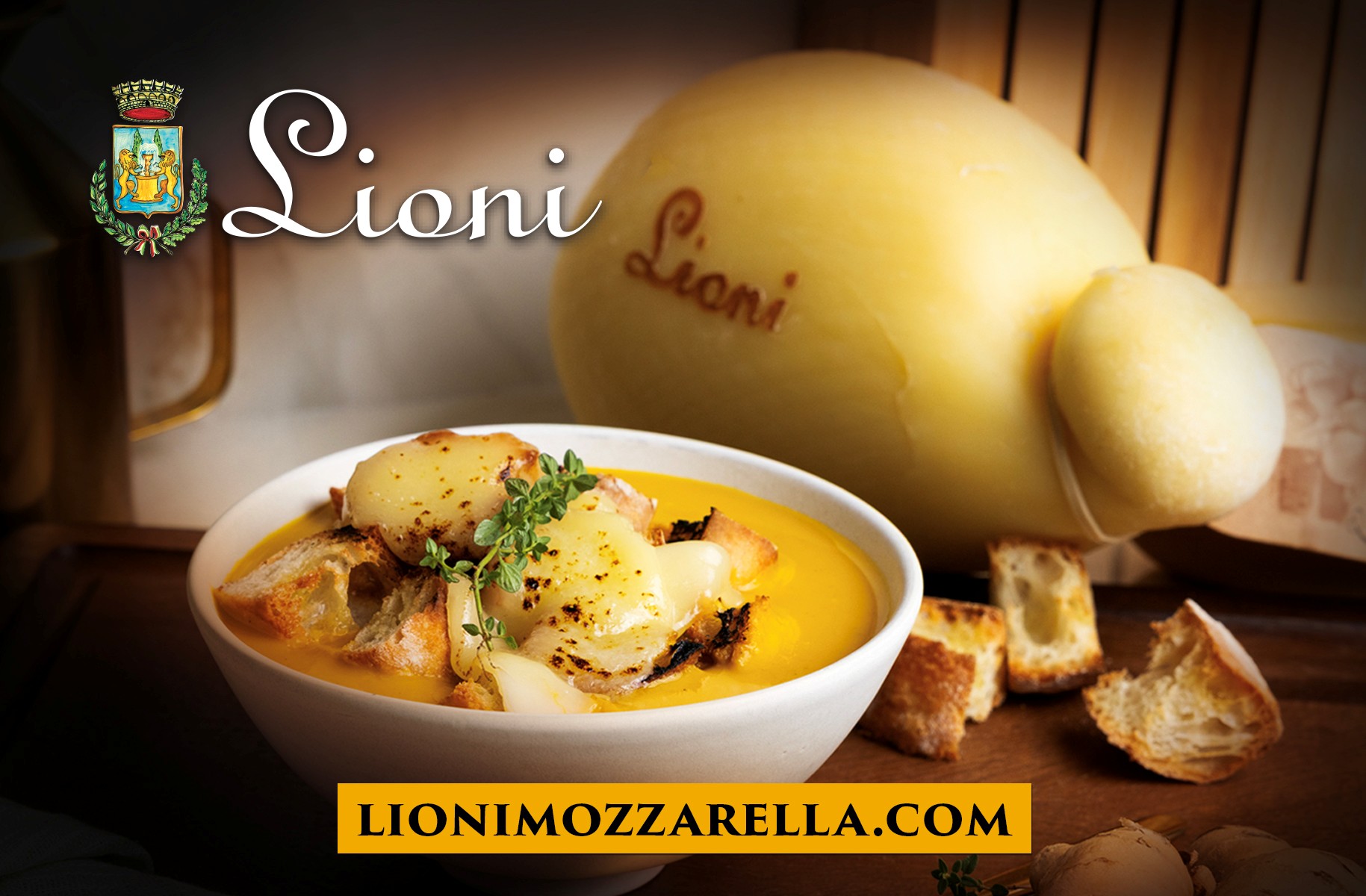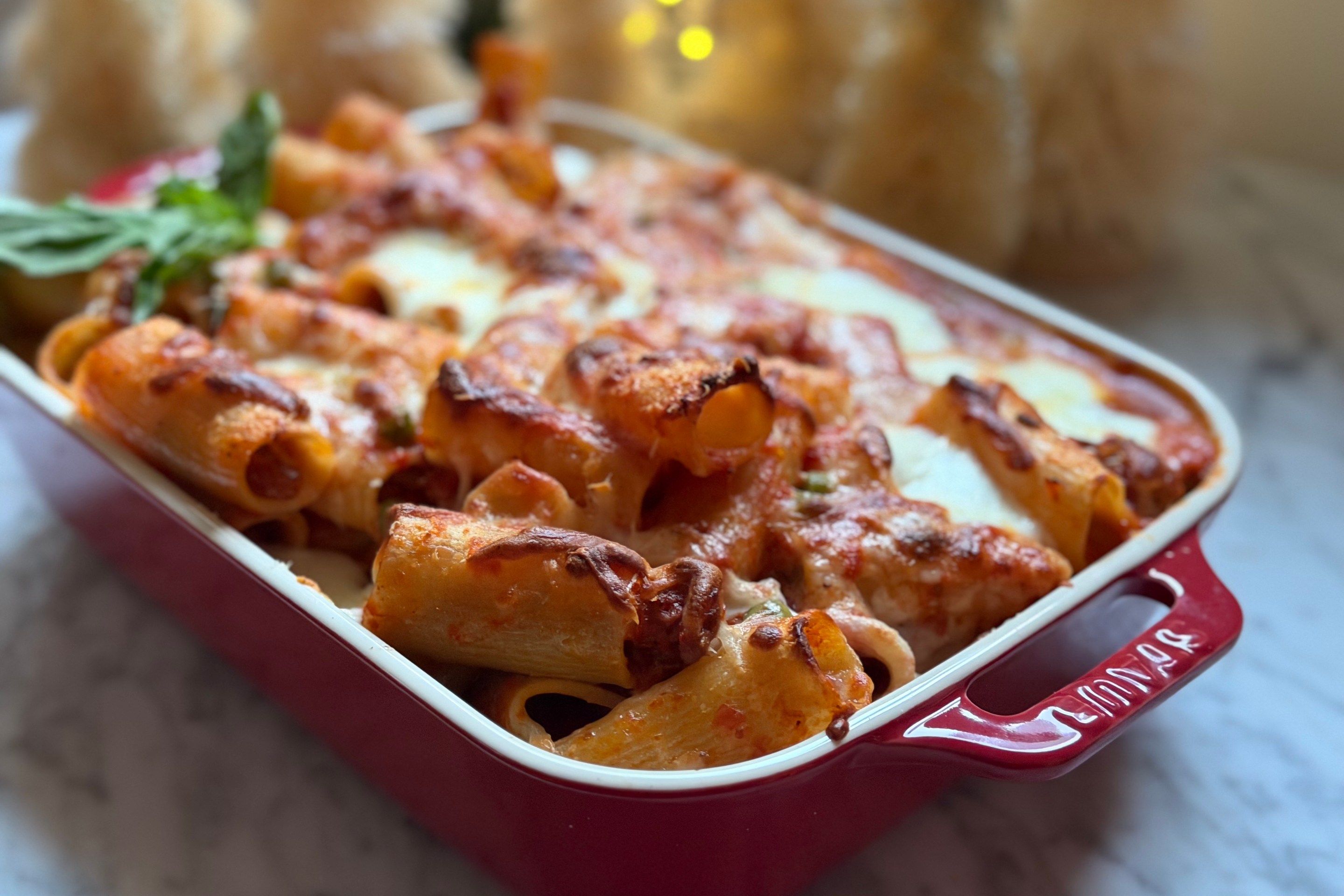Balsamic vinegar is one of Italy's most coveted ingredients and products. It is also one of the most misunderstood and poorly imitated. Here are some things to know about balsamic vinegars:
- Many imitation balsamic vinegars are sold worldwide, making it difficult to recognize the real thing.
- Authentic balsamic vinegars have strict production qualifications, and their history is as rich and complex as their flavor.
- Knowing how to read balsamic vinegar labels is even more complex.
- Learn how authentic balsamic vinegar is produced and how to recognize the real thing, which is entirely different from everything else calling itself “balsamic vinegar.”
- Don’t stop at the label alone; seek out the specific bottle shape.
- Acquaint yourself with the patented bottles used exclusively for authentic balsamic vinegars, aka Aceto Balsamico Tradizionale di Modena, and Aceto Balsamico Tradizionale di Reggio Emilia.
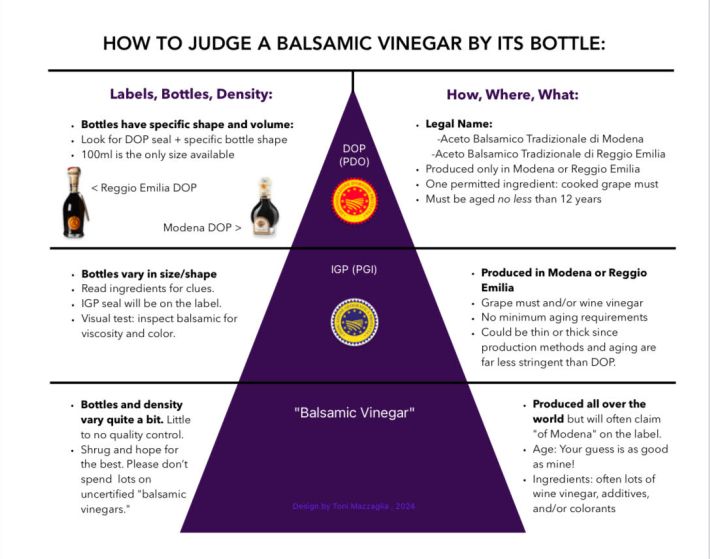
Here are some important facts about balsamic vinegar:
Where are the production areas?
Most have heard of Modena, in the region of Emilia-Romagna, since the name is used and abused on bottles of all shapes and sizes. To the west of Modena is Reggio Emilia, the other historic producer of traditional balsamic vinegar.
Who makes Traditional Balsamic Vinegar of Modena and Reggio Emilia?
For hundreds of years, select families from Modena and Reggio Emilia have been producing traditional balsamic vinegars in the attics of their homes.
How do they make it?
Traditional balsamic vinegar must be made with one ingredient: cooked grape must, or mosto cotto (see video below):
The juice of local grapes is cooked, aged primarily in barrels, and turned into vinegar over at least 12 years. This liquid is moved yearly into smaller barrels of varying woods until reduced to the desired density while acquiring flavors and aromas, balanced acidity, sweetness, and a distinct color.
After stringent consortium testing, only these balsamic vinegars can be labeled DOP (PDO) and sold in specific, patented bottles.
More about the DOP bottles:
Though you can’t judge a book by its cover, you can judge a balsamic vinegar by its bottle.
Acquaint yourself with the consortium bottles dedicated to authentic balsamic vinegars. Once you recognize the required 100ml bottles, you can spot a traditional balsamic vinegar from across the room.
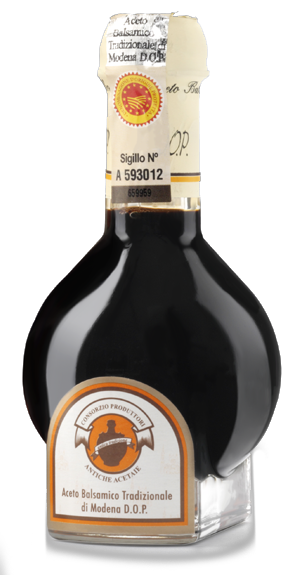

Why all the fuss?
The traditional method of production creates a delicious balsam, historically used for soothing ailments such as upset stomachs and sore throats.
If any required stages of production are omitted, the balsamic vinegar won’t obtain natural health benefits, or complex flavor, aroma, and viscosity that are characteristics of traditional balsamic vinegar (DOP/PDO).
Balsamic vinegar confusion is nothing new.
Historically, another type of balsamic vinegar utilizing wine vinegar has also been produced. Hence, there is now a second category of certified balsamic vinegars labeled IGP (PGI) which are produced in the traditional production areas, yet subject to fewer rules. IGP certification essentially guarantees where balsamic vinegars were produced, while how they are produced is less stringent. Of note, IGP balsamic vinegars may be aged as little as two months.
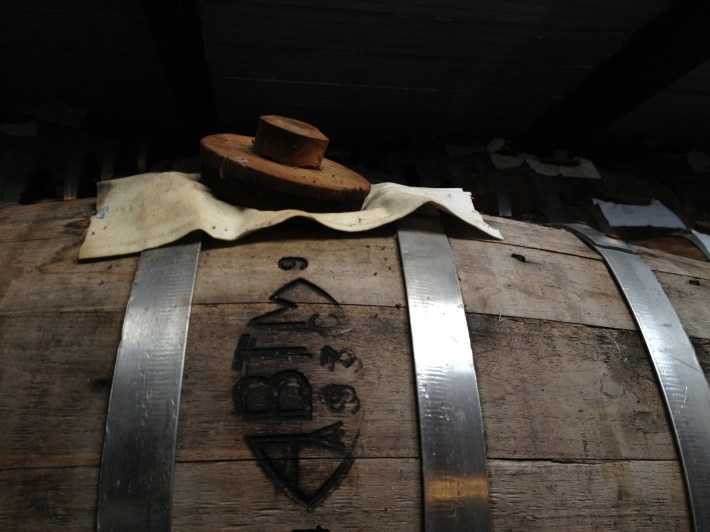
What about balsamic vinegars not certified as DOP or IGP?
Thickness is not a guarantee of quality, so always read the ingredients.
There are several shortcuts to emulate the qualities of traditional balsamic vinegar. In some cases, grape must is concentrated by additional cooking to create density in less time. Glazes and creams are thickened with additives like sugar, corn starch, or corn syrup.
The thin impostors are often made primarily of wine vinegar and tinted with caramel coloring. Many are produced outside Italy and contain little or no cooked grape must. That’s like selling a tin of anchovies but labeling them Beluga caviar.
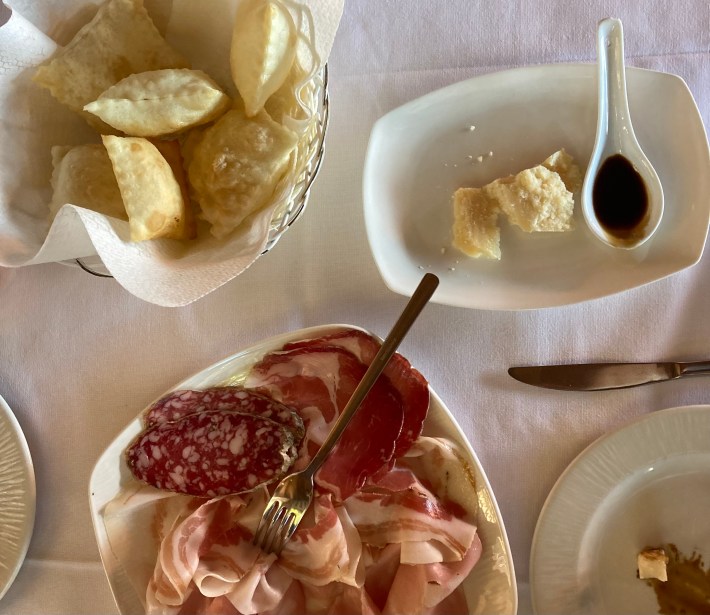
Dive deeper into the world of DOP.
This is just a drop of what you can discover. The historical and cultural importance of traditional balsamic vinegar is a rabbit hole worth exploring. Click here for a podcast all about it.
